A Series of Academic Conferences on the Management of Chronic Diseases in the Elderly (IV) — — Symposium on Precise Diagnosis and Treatment of HBV Infection and Liver Cancer
Cure liver prescription, early screening without disease
On September 21, 2024, the Laboratory Medicine Branch of the Chinese Geriatric Society and the Laboratory Medicine Branch of the Chinese Geriatric Medical Research Society jointly held the "fourth academic conference series on the Management of Chronic Diseases of the Elderly - Symposium on the accurate Diagnosis and Treatment of HBV infection and liver Cancer" in Nanchang. The theme of the meeting is "healing the liver, early screening without disease", and the meeting is held in order to better achieve accurate screening and early diagnosis of liver cancer. The conference adopted a combination of online live broadcast and offline discussion, attracting the participation of many clinical and laboratory experts and scholars, and more than 22,000 online viewers.
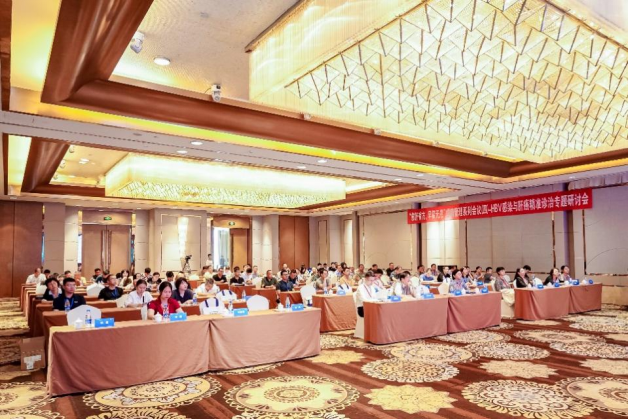
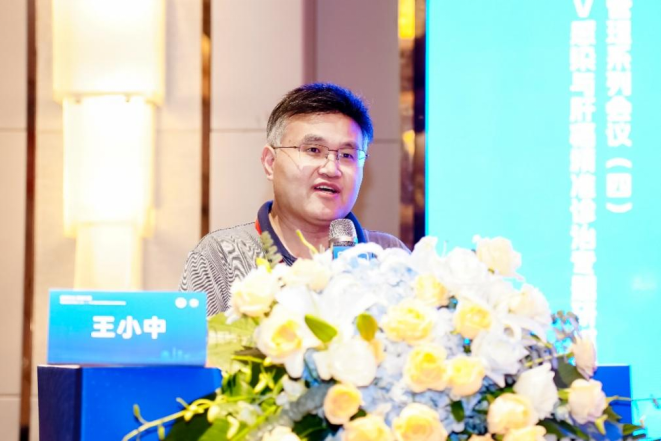
Professor Wang Xiaozhong, president of the Laboratory Medicine Branch of Jiangxi Medical Association, pointed out in his speech that with the development of precision medicine, early screening of people at risk of liver cancer and the determination of relevant laboratory indicators can achieve precise intervention of liver cancer, so as to further improve the detection rate and cure rate of liver cancer.
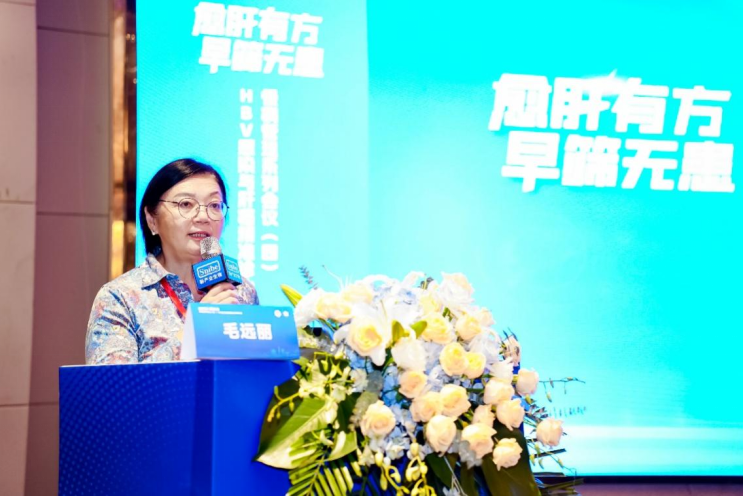
This year, the society also launched a series of forums on the management of chronic diseases of the elderly with Professor Cong as the chief planner, to better promote the high-level development of industry-university-research medical and chronic disease management of the elderly, and to promote the development of the chaoyang discipline of geriatric laboratory medicine.
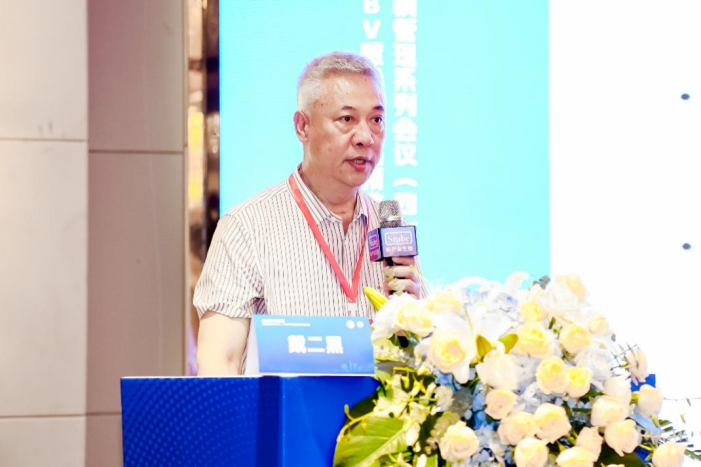
There were four experts in the meeting for academic exchange and sharing. Professor Dai Erhei of Shijiazhuang Fifth Hospital delivered a report on the topic of "Progress in the Epidemiology and Diagnosis and Treatment of Liver Cancer". Professor Dai pointed out that the five-year survival rate and early diagnosis rate of liver cancer patients in China are low, so the need for early screening and early diagnosis of liver cancer is increasingly urgent. With the development of digitization process, a number of research data indicate that the early diagnosis model of liver cancer based on multiple serological markers has good sensitivity and specificity. In addition, MDT plays a crucial role in the clinical treatment of liver cancer.
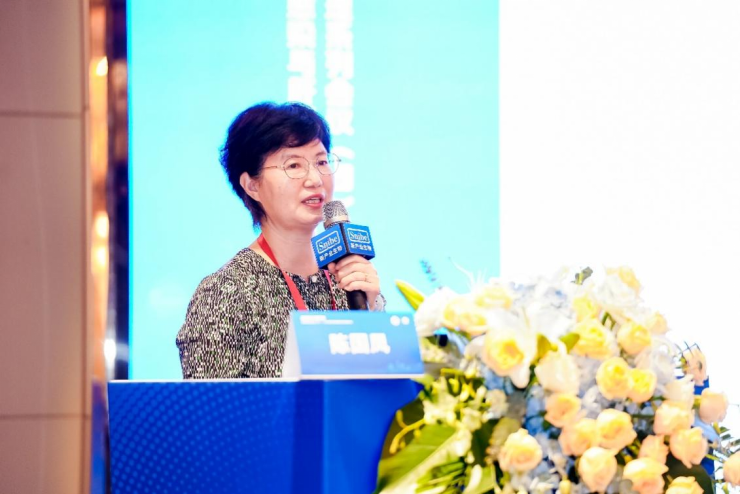
Chen Guofeng, professor of the Fifth Medical Center of the PLA General Hospital, delivered a report on the topic of "Detection markers and early warning of HBV-related HCC". Professor Chen introduced the treatment strategies for the causes of liver cancer, and mentioned that: due to the hidden onset of liver cancer, low diagnosis rate and high risk of missed diagnosis, actively promoting early screening and early diagnosis of liver cancer is of great significance to improve the survival rate of HCC. Among them, the establishment of liquid biopsy and liver cancer risk assessment model also contributes to the early screening of liver cancer.
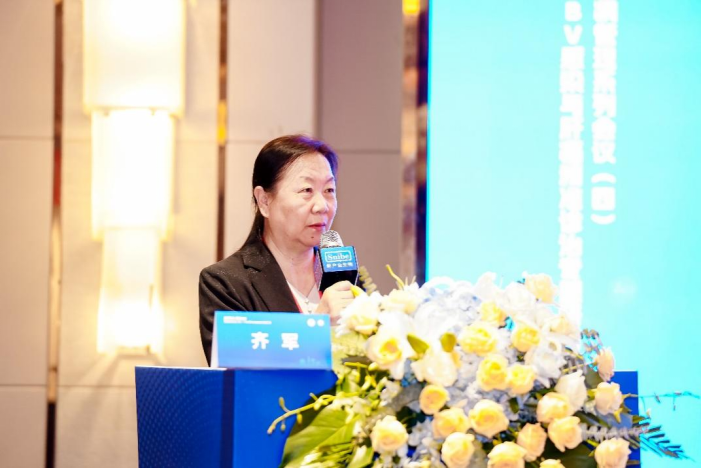
Professor Qi Jun, Cancer Hospital of Chinese Academy of Medical Sciences, Shenzhen Hospital, delivered a report on the topic of "Current Status and Progress of laboratory detection of liver cancer". Professor Qi pointed out that the use of biomarker-based liver cancer early screening model can also identify and stratify high-risk groups of liver cancer. In the information age, the examiner should follow the evaluation principle, adopt multi-center, large sample and big data to support accurate detection, and make contributions to the early screening and early diagnosis of liver cancer and the goal of national health.
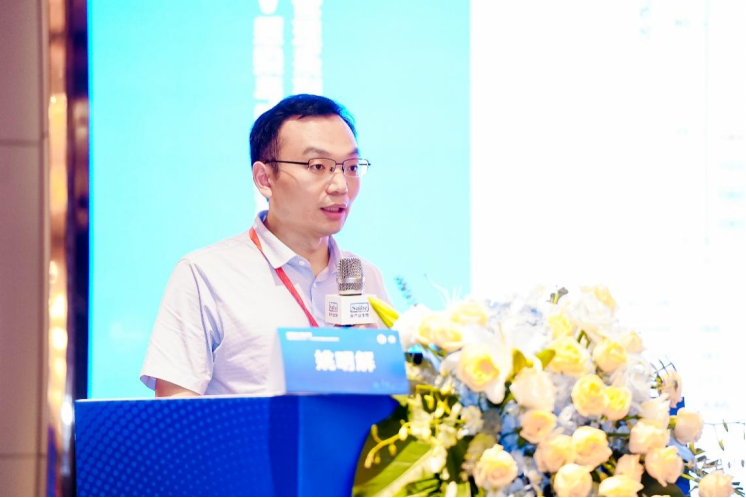
Professor Yao Mingjie from the School of Basic Medicine of Peking University delivered a report on the topic of "Construction and Multi-center Verification of HBV-related liver cancer auxiliary diagnosis Model GADA". Professor Yao introduced the implementation process and progress of the "Multi-center study on Improving the efficiency of Liver Cancer Screening with Multi-indicators" conducted by his research team. The research results showed that the GADA model constructed according to gender, age, AFP and DCP has certain clinical value in the diagnosis of HBV-related liver cancer. It can provide an effective tool for early diagnosis of liver cancer for grassroots clinicians, and help promote the early screening and diagnosis of liver cancer in clinical practice.
The presiding guests of the academic conference, Professor Zhou Yu, Deputy director general of the Laboratory Medicine Branch of the Chinese Geriatric Society, Professor Lin Yan of Ganzhou People's Hospital, Professor Li Rong of Jiangxi People's Hospital and Professor Tan Liming of the Second Affiliated Hospital of Nanchang University, made wonderful comments and summaries on the report of the conference and expressed their academic opinions.
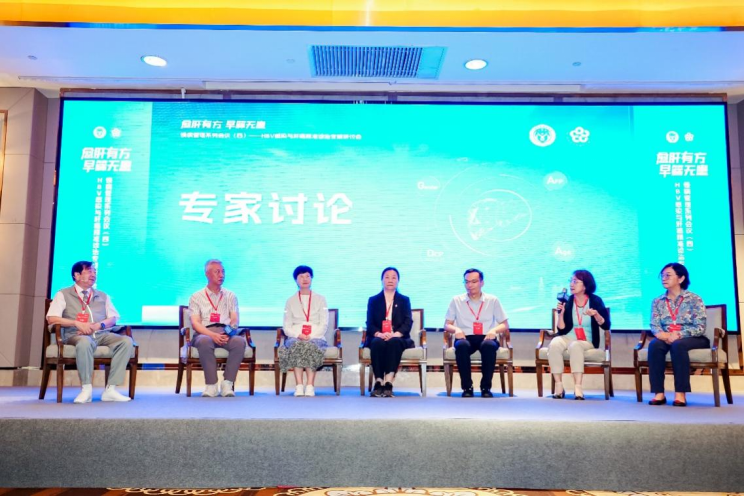
Experts discussed the comparison between different liver cancer early screening models. The proposed simple, more health economic value model is more in line with the national health strategy, can be less than one more. However, the GADA early screening model has considerable diagnostic efficiency when only two serological indicators are included, which can reduce the burden of the people and effectively improve the efficiency of early screening for liver cancer, especially for the improvement of grass-roots screening efficiency. In addition, the experts also exchanged views on the applicability of GADA model in different detection systems, how to consider the screening model suitable for the Chinese population, the application prospect and significance of promoting the intelligent diagnosis and treatment of liver disease, auxiliary diagnostic indicators of alpha-fetoprotein, and the diagnosis of autoimmune liver disease. Experts believe that this study includes all aspects from clinical to laboratory, from indicator research and development to diagnostic model establishment, to promote the application of "production, university and research medical" closed loop. In the exchange of ideas and the collision of wisdom, the academic insights of experts provided participants with a profound and inspiring academic feast, which greatly enriched the depth and breadth of the academic forum.

